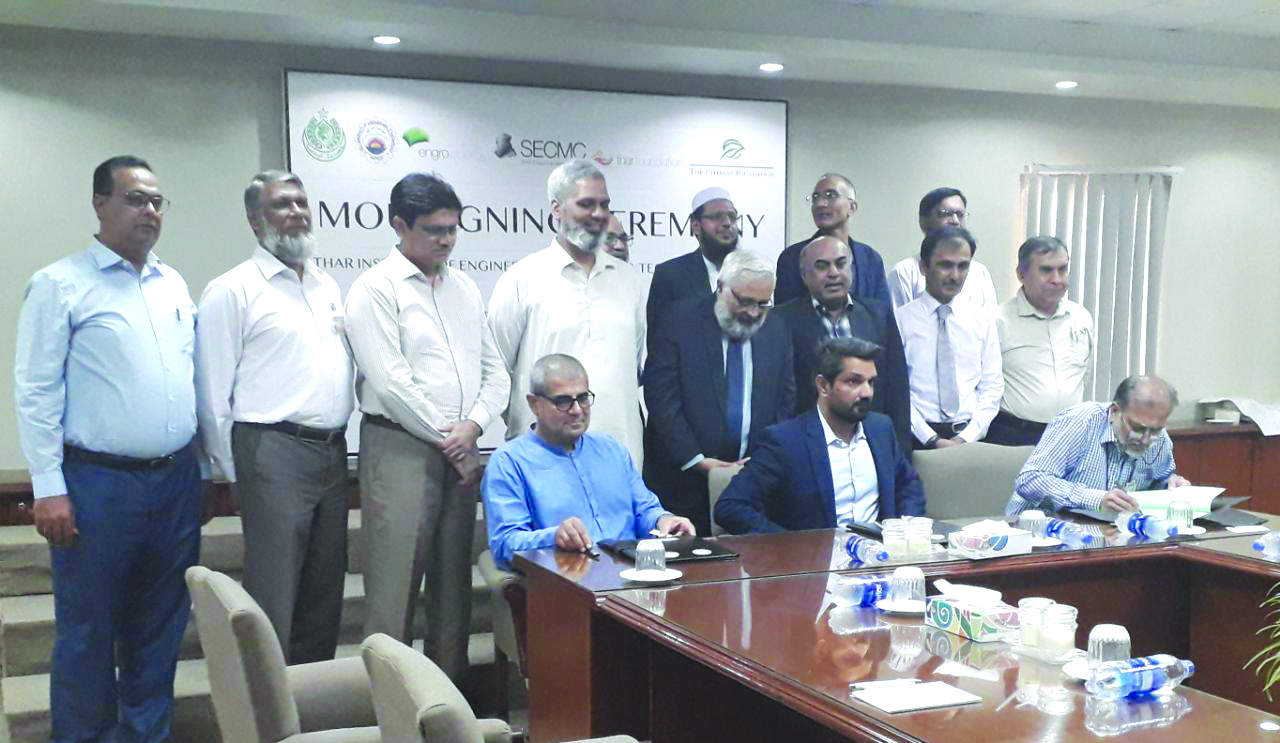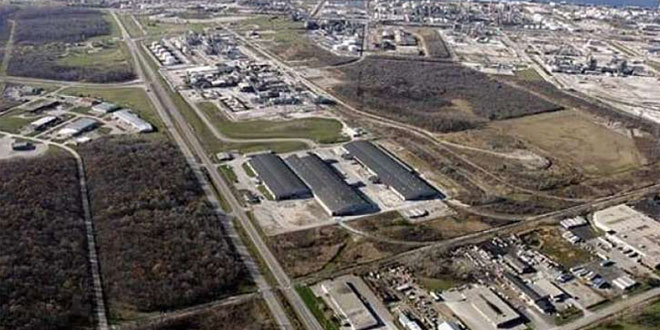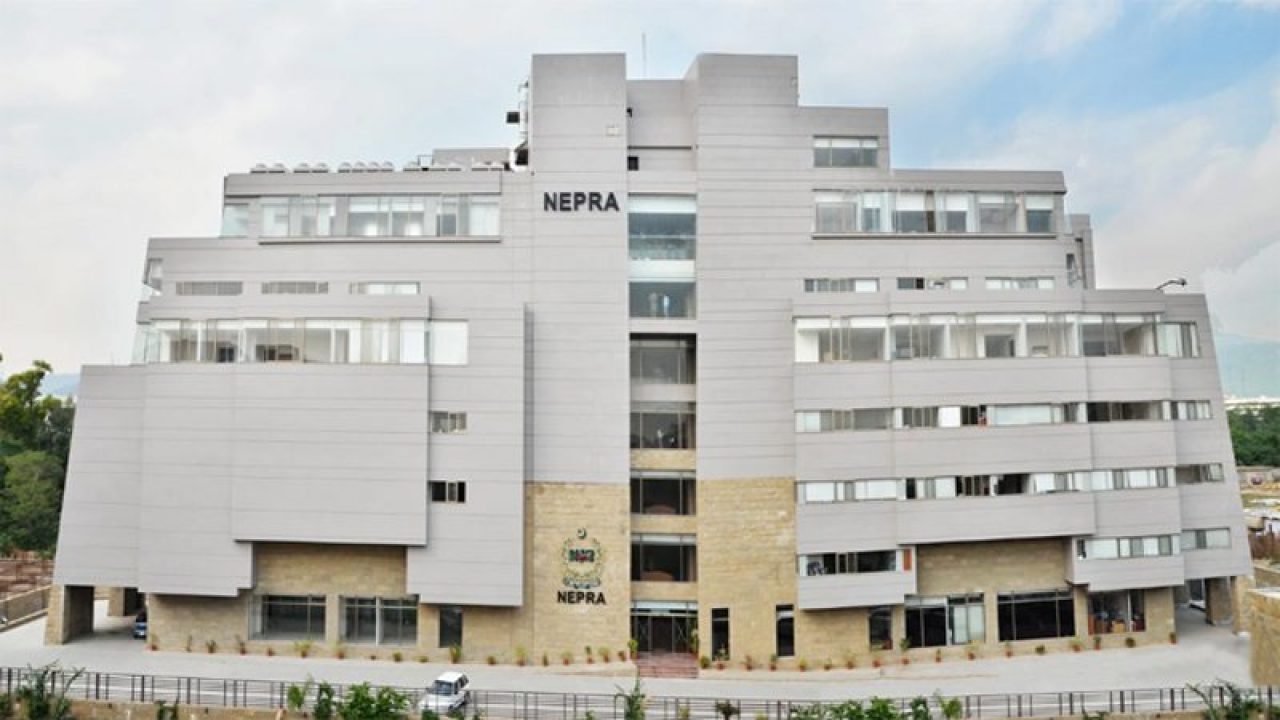DUE&T launches Manchar Lake rehabilitation project Sindh’s three universities, PCSIR to extend helping hand, team visits the lake
DUE&T has joined hands with Karachi University, Sindh University and MUE&T and PCSIR to lunch a project on “Rehabilitation of Manchar Lake”.





